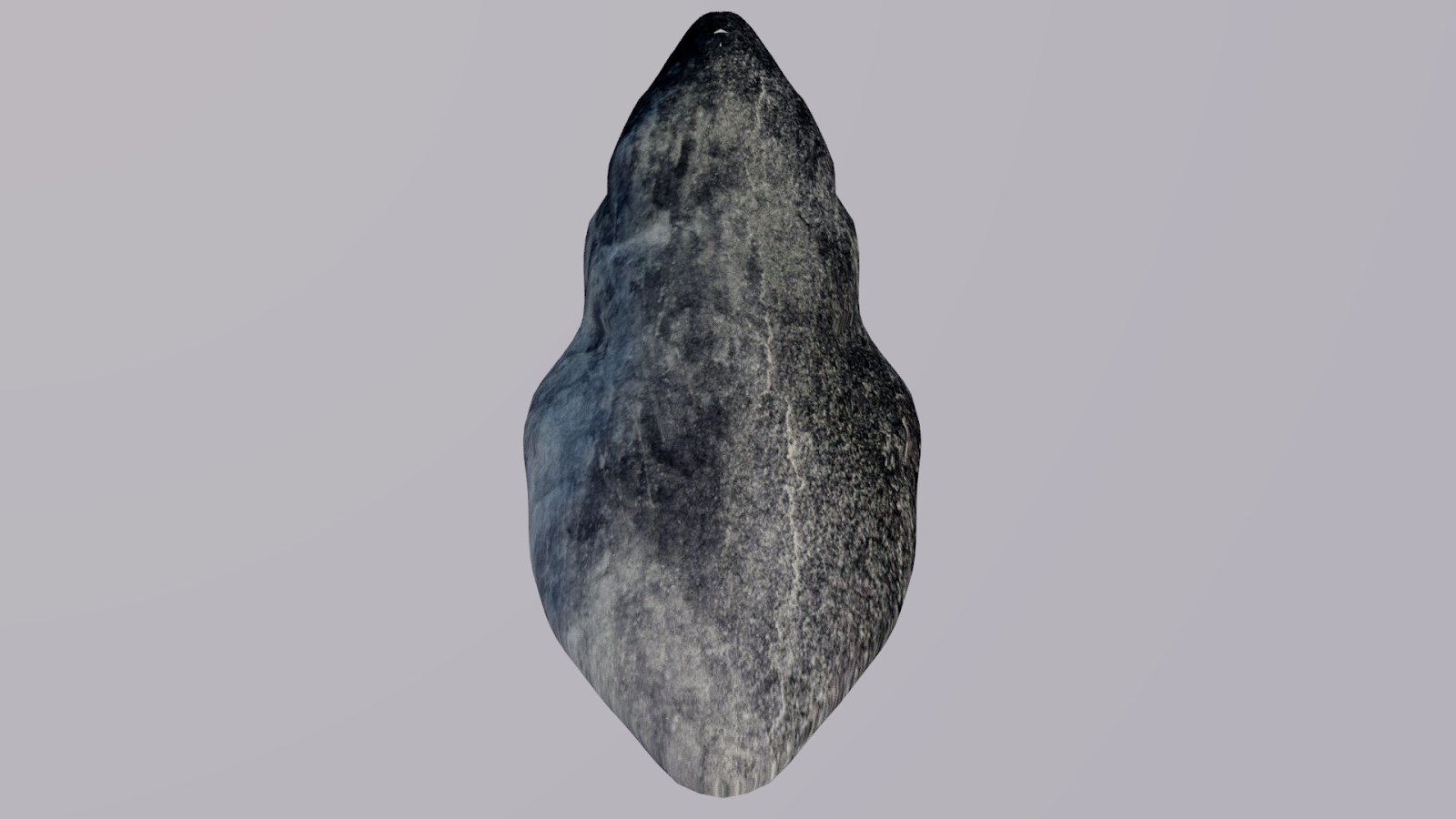Bee Modeling
Besides keeping bees, I draw, and I am an architect. That's pretty much the sum of it. But I have been reading Snodgrasses Anatomy of the Honey Bee, which is really pretty readable, but back in the day before they had color illustrations and a CD-ROM animation- so you have to sort of look at the ink drawing, and read the super convoluted description to figure out even the simplest thing about how a bee is put together. Its super complex, but its not the author's fault- it's just that small things are just as complex as big things, and the bee is no exception. Sure, the bee is divided into lots of threes (why IS that??), three body parts, and then, the center part, divided into three parts again, with three sets of legs....etc.
But each part has this incredible shape- convoluted, organic, hard to imagine in 3 dimensions- and, as Snodgrass points out, every little bump and crevasse has a reason to be there- its just not always obvious.
Being a drawer (DRAW-er, not a drawer) and an architect, I thought- I should be able to use all these hard won skills to draw a bee, and understand how one is put together. So I started with the thorax. That turns out to be super complicated. So I decided to see if I could just roughly model one piece of the thorax, and I used some software (Sketchup) plus some other plugins to see if I could even get close. It turns out also to be super complicated. It would take me years to draw a bee- I am not kidding. Below is what I came up with for the one thorax part- and its not, I hate to say, close yet. But I am just getting going.
First I brought in Snodgrasses drawing (at right below)- traced it, and started to build section lines- like one would build a boat (I think this is called lofting?). These are the arches at the left. Which I then used software to form a mesh from. Which I then tinkered with, until I roughly got the shape I was looking for. I chose the Metanotum- the big carapace that houses the wings and is in the middle. It looked somewhat understandable.
Here- not in order- are the models in various stages:
Here is half the carapace installed on the drawing...you can see all the parts I haven't modeled...
Here is a top view of it- I don't have this correct yet, its just a guess....
Side view- it needs lots more detail- there are all sorts of bumps and sutures I am not showing....
Another image of the part integrated into the drawing. The writing is backward here- but the part is N2- which house the second set of wings and second set of legs- lots of muscles. An insect is built opposite of us- hard stuff on the outside- so bumps and ridges represent places of attachment of muscles, and are places to maximize their efficiency and the strength of the structure.








Comments
Post a Comment